The African continent is home to a rich diversity of wildlife, which includes the majestic and emblematic rhinoceros species. Among these colossal creatures, the Black and White rhinos stand as towering symbols of African wildlife, each boasting distinctive characteristics and occupying unique niches in their ecosystems.

Despite their apparent similarities, they are remarkably different species, and understanding these differences is vital in appreciating the depth of Africa’s biodiversity. Let’s embark on a journey to explore the nuanced differences between the Black and White rhinos.
Physical Differences

1. Mouth Shape
A significant difference between the two species is the shape of their mouths, which has adapted over millions of years to suit their respective diets. The White rhino possesses a broad, flat mouth designed for grazing on grasses. In contrast, the Black rhino has a more pointed, prehensile lip, which it uses to grasp leaves and twigs from bushes and trees.
2. Hump and Neck
When observing these behemoths, one would notice the noticeable hump on the back of the White rhino, which is a large muscle that supports its heavy head. Meanwhile, the Black rhino lacks this pronounced hump, possessing a more evenly curved back and a somewhat elongated head and neck which aids in reaching for browse.
3. Size and Weight
White rhinos are the larger of the two species, with males weighing up to 2,300 kg, whereas Black rhinos generally weigh up to 1,400 kg. The difference in their size and body shape is discernible even from a distance, with White rhinos showcasing a more pronounced square-shaped body, while Black rhinos feature a more compact and rounded physique.
Behavioral and Habitat Preferences
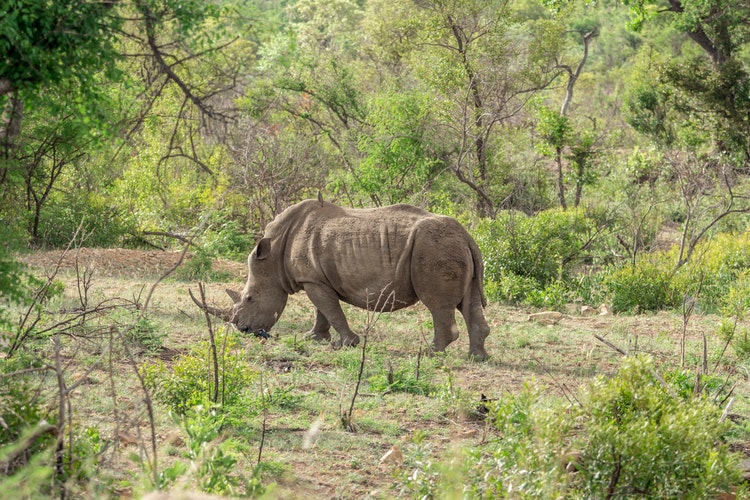
4. Social Behavior
White rhinos are generally more sociable compared to their Black counterparts. They are often seen in groups comprising of females and their offspring, displaying more gregarious behaviour. Black rhinos, on the other hand, are more solitary and territorial, especially the males, who mark their territory vigorously and are less tolerant of others encroaching on their space.
5. Habitat Preferences
The different feeding habits of these species dictate their habitat preferences. White rhinos predominantly inhabit grasslands and savannahs, where their flat mouths can efficiently graze on the abundant grass. In contrast, Black rhinos favour more wooded environments where they can browse a wider variety of vegetation, utilizing their prehensile lips to feed on shrubs and trees.
Conservation Status and Threats
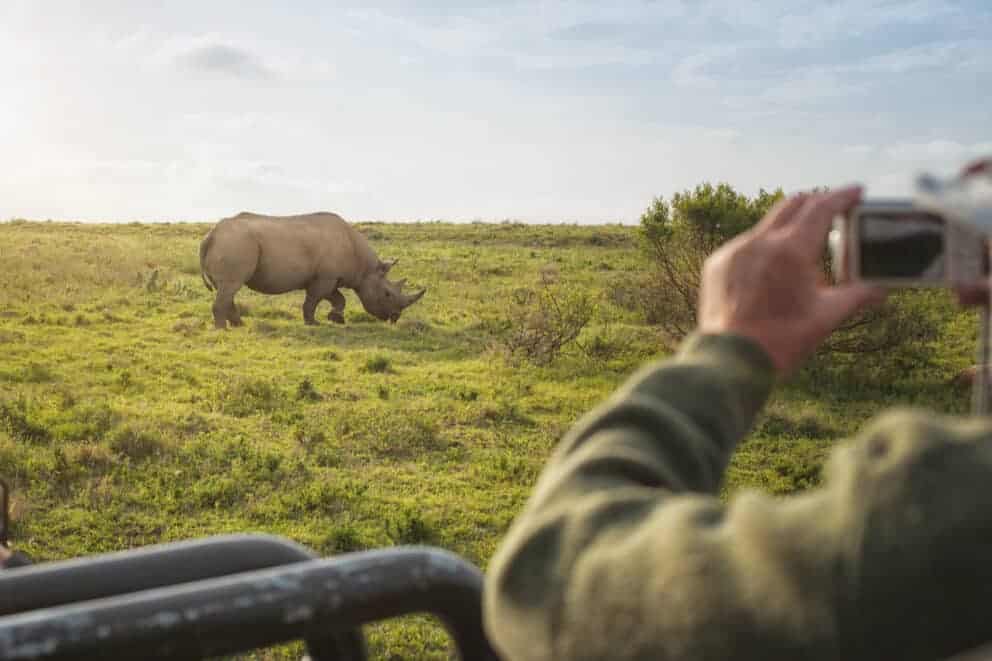
6. Population Trends
Historically, both species have faced significant threats from habitat loss and poaching, primarily for their horns, which are highly valued in illegal markets. The White rhino has experienced fluctuations in its population, with the Southern White rhino being a conservation success story, rebounding from fewer than 100 individuals in the 19th century to around 18,000 today. Conversely, the Black rhino population has seen a significant decline, from several hundred thousand individuals to around 5,000, making their conservation status more critical.
7. Poaching and Protection Efforts
Poaching remains a significant threat for both species, with their horns being a coveted item in the illegal wildlife trade. Conservation strategies for both species involve stringent anti-poaching measures, habitat restoration, and community engagement. Additionally, there are concerted efforts to manage populations through translocations to establish new populations and boost genetic diversity.
The Black and White rhinos, the sentinel species of the African continent, are a marvel of evolutionary adaptation and diversity. Their differences, ranging from morphological distinctions to habitat preferences and social behaviors, paint a vivid picture of how two species can diverge and adapt to their environments.
As we ponder on these differences, it is imperative that conservation efforts continue to protect these magnificent creatures, ensuring their survival and the health of the ecosystems they inhabit.
Download our White vs Black Rhino Guide here.
Understanding and appreciating the differences between the Black and White rhinos go beyond mere academic interest. It forms the cornerstone in the creation of effective conservation strategies, fostering a sustainable coexistence between humans and these iconic giants.
As stewards of the Earth, recognizing and celebrating the diversity among these ancient species invigorates the call to shield them from the numerous threats they face in the modern world.
Through continued research and conservation, we aspire to a future where both Black and White rhinos continue to thrive, embodying the spirit and resilience of Africa’s rich natural heritage.






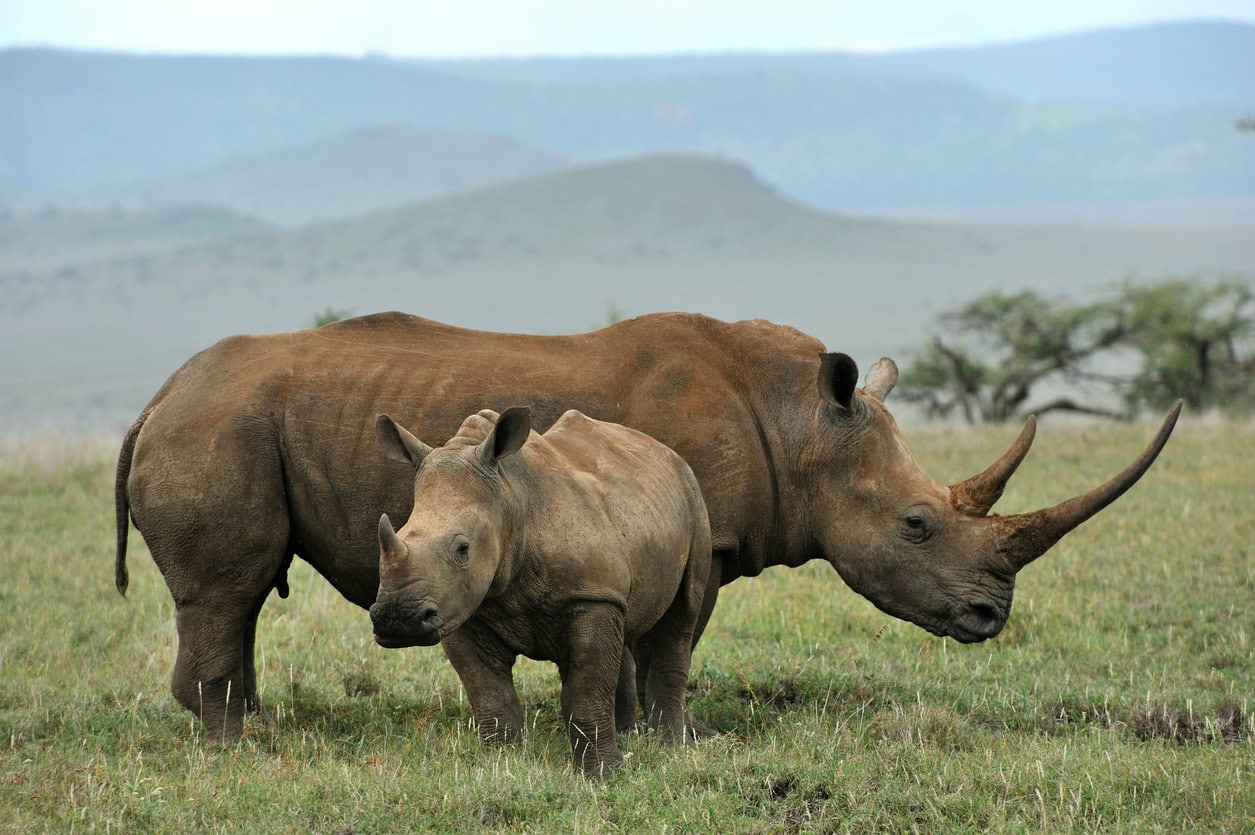
 Blog List
Blog List


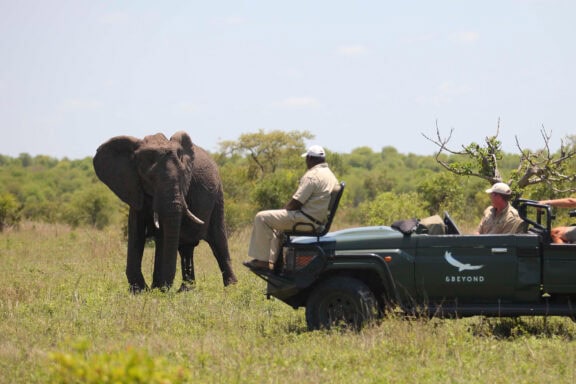



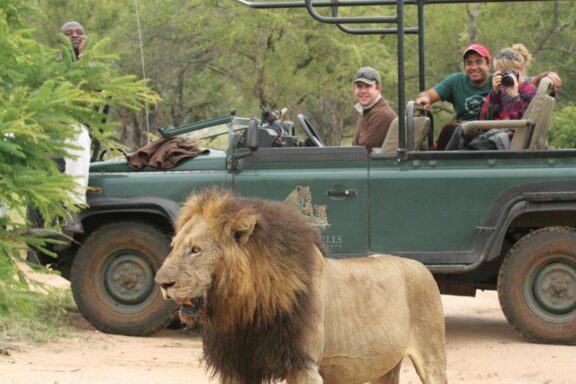
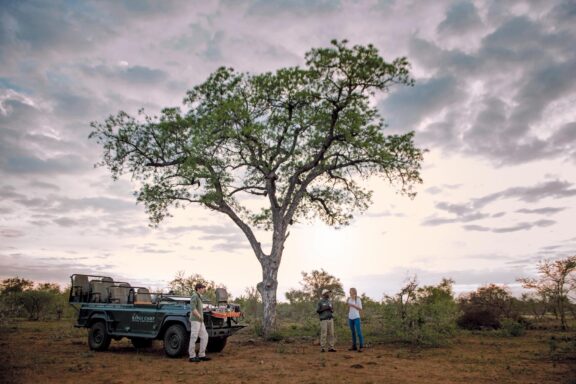
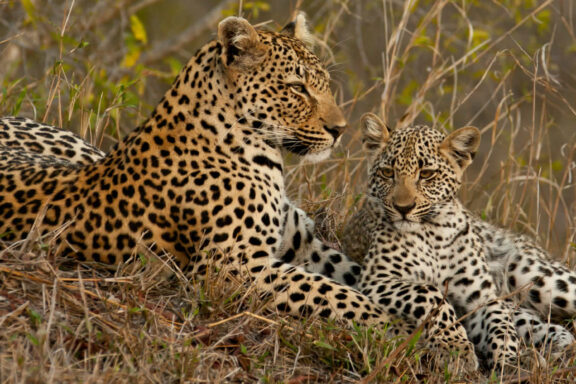

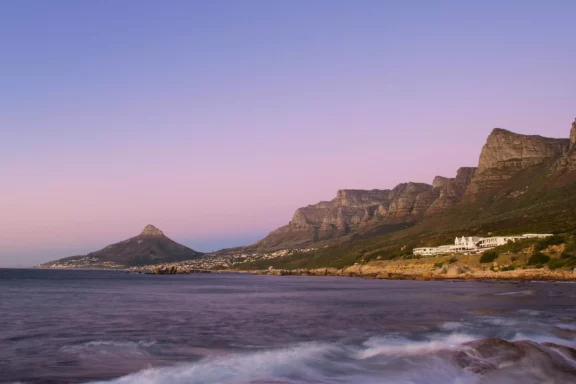











Written by Tiffany Bowers
• Travel Writer
Part of the South Africa Safari & Rhino Safaris Collections